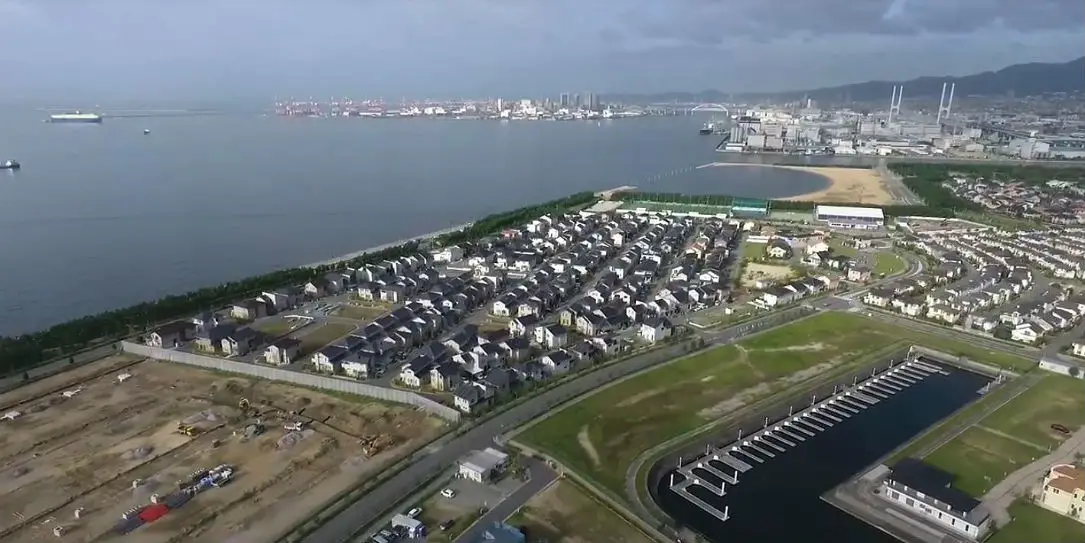You may be familiar with Panasonic’s line of consumer electronics but I bet many of you didn’t know they did much more. The company also has a development arm in their business called PanaHome and they’ve launched Japan’s first microgrid system. The microgrid system will power a total of 117 homes in Zone D4 of Smart City Shioashiya Solar-Shima, which is being designed and developed by PanaHome in Ashiya City, Hyogo Prefecture.
On August 9, 2017, the project was selected as a part of the Ministry of Economy, Trade and Industry’s subsidy program to promote local energy production for local consumption by leveraging regional characteristics. This is a joint project being carried out by PanaHome, ENERES, IBJ Leasing and the Public Enterprises Agency. The project concept is a “town interconnected by energy for living.”
https://youtu.be/8Br0QgUxvK4
PanaHome purchased land that was developed by the Public Enterprises Agency. Panasonic Corporation and the City of Ashiya are also cooperating with the development of this project. A part of the project entails building Japan’s first microgrid system. Solar energy will be used to power 80% or more of the entire housing district. This will be made feasible by running private power distribution lines to the housing district and sharing power between homes.
Even when the district becomes disconnected from the traditional electrical grid during emergencies, the private power distribution lines can continue to supply power via specific circuits. Private power distribution lines make it possible to receive power and flexible set power rates. Consequently, this poses a number of benefits for homeowners including, a 20% cut in their electricity bill. Another key goal is to contribute to the environment, mainly by maximizing use of renewable energy to reduce CO2 emissions. Going forward this project will contribute to solutions for sharing electric power between buildings, preventing blackouts in areas overseas where power grids are weak, and in showcasing these solutions overseas.
Here are the expected benefits of the microgrid system:
- Self-sufficiency rate of 80% or higher owing to the local production and local consumption of solar power (environmental benefit)
- A 20% reduction in electric power rates owing to receipt of power and storage cell control (economic benefit)
- 100% use of renewable energy (solar power generated in the district and FIT source outside the housing district) (environmental benefit)
- Possible to supply power even when power supply from the main grid has been interrupted (designated circuits) (dealing with disasters)
- Equalize power supply within the district (social benefit)
This is a very interesting project and you can check out Panasonic’s full blog post at the link below to find out more.
What do you think of using a microgrid system? Let us know what you think in the comments below, or on Google+, Twitter, or Facebook.
[button link=”http://news.panasonic.com/global/topics/2017/50883.html” icon=”fa-external-link” side=”left” target=”blank” color=”285b5e” textcolor=”ffffff”]Source: Panasonic[/button]









